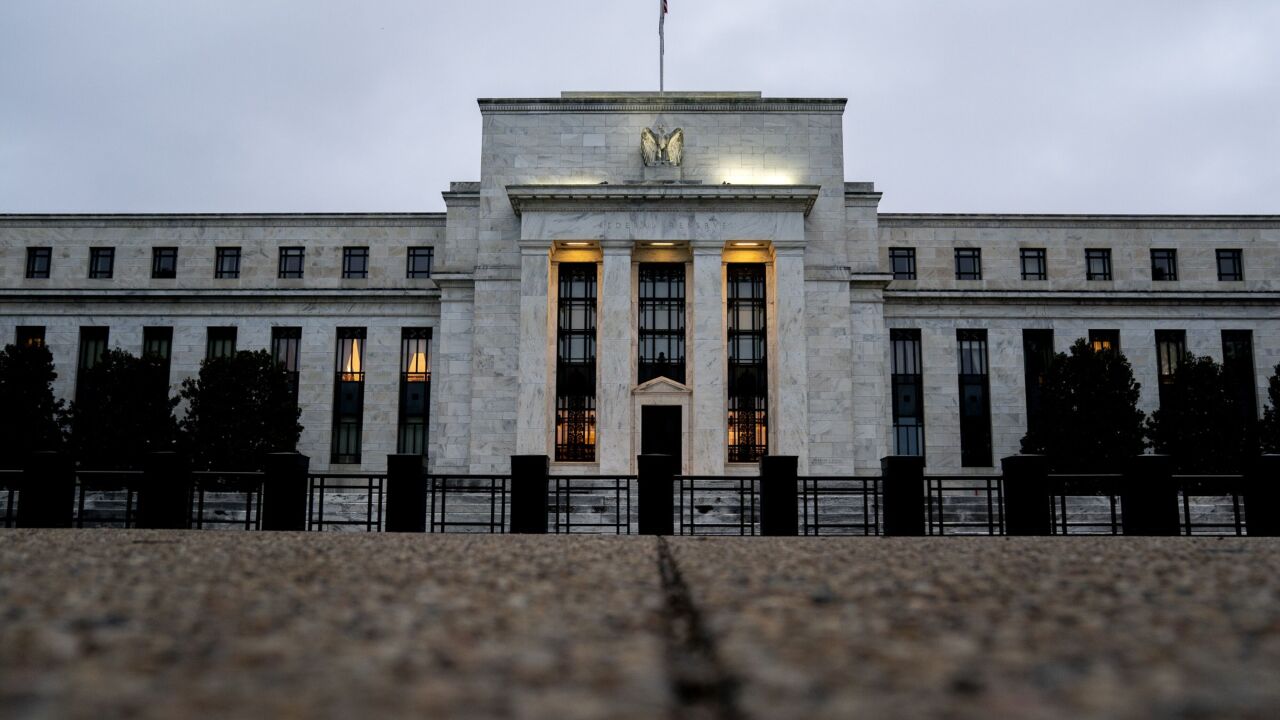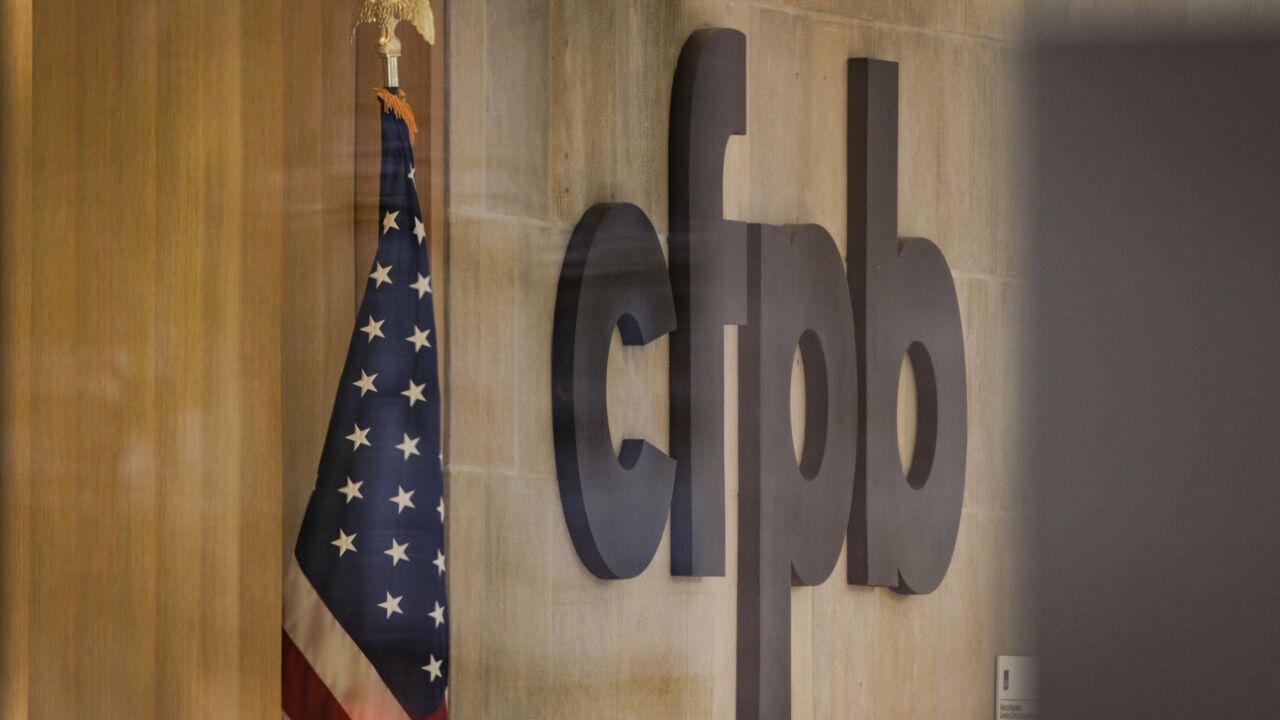While consumer spending on Valentine’s Day doesn’t approach that of the larger holidays, certain retailers — such as jewelers and florists — benefit more than others, while restaurants, bars and other dining establishments tend to see significantly more traffic for those couples who want an evening out. Increasingly, it’s also a special day for pets.
However, it’s a holiday that is not intensely celebrated outside the U.S. For example, an










